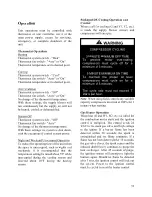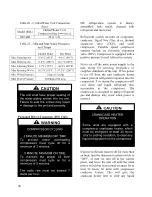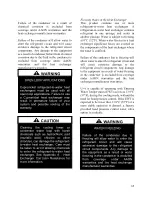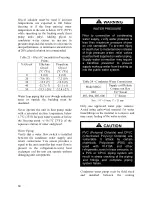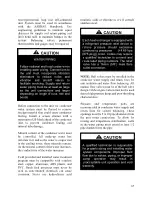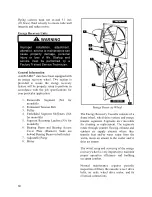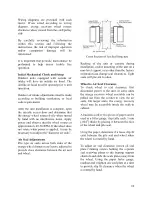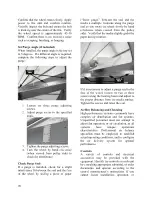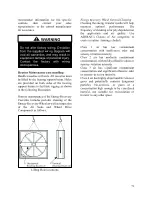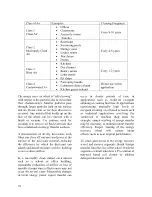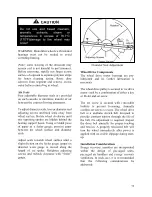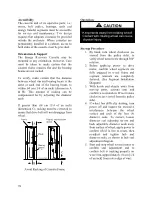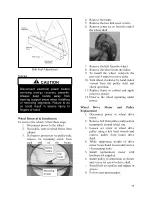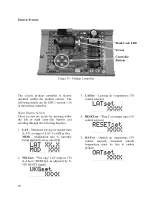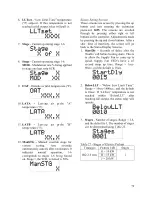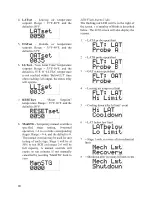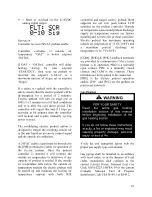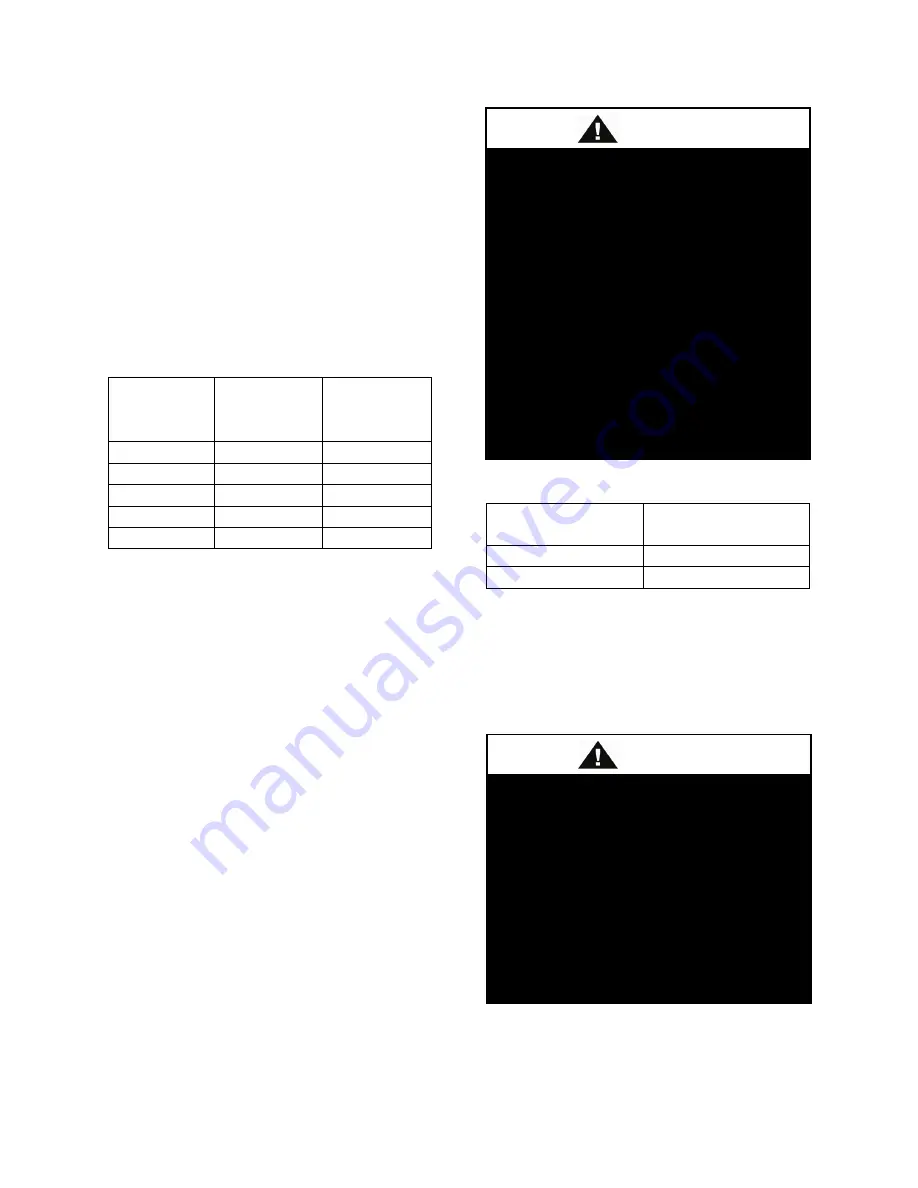
66
Glycol solution must be used if ambient
temperatures are expected to fall below
freezing or if the loop entering water
temperature to the unit is below 10°C (50°F)
while operating in the heating mode (heat
pump units only). Adding glycol to
condenser water causes an increase in
pressure drop and also results in a decrease in
unit performance. A minimum concentration
of 20% glycol solution is recommended.
Table 23 - Glycol Concentration Freezing
Points
% Glycol
Ethylene
Glycol
[
°
C (
°
F)]
Propylene
Glycol
[
°
C (
°
F)]
0
0 (32)
0 (32)
20
-7.8 (18)
-7.2 (19)
30
-13.9 (7)
-12.8 (9)
40
-21.7 (-7)
-21.1 (-6)
50
-33.3 (-28)
-32.8 (-27)
Water loop piping that runs through unheated
areas or outside the building must be
insulated.
Never operate the unit in heat pump mode
with a saturated suction temperature below
1.7
°
C (35°F) for pure water systems or below
the freezing point +(-16.1
°
C [3°F]) of the
aqueous solution of water and glycol.
Water Piping
Verify that a water flow switch is installed
between the condenser water supply and
return connections. This sensor provides a
signal to the unit controller that water flow is
present in the refrigerant-to-water heat
exchanger and the unit can operate without
damaging unit components.
Table 24 - Condenser Water Connections
Model (RQ-)
Supply and Return
Connection Size
002
3/4” Sweat
003, 004, 005, 006
1” Sweat
Only use approved water pipe material.
Avoid using galvanized material for water
lines/fittings as the material is corrosive and
may cause fouling of the water system.
Condenser water pump must be field sized
and installed between the cooling
WATER PRESSURE
Prior to connection of condensing
water supply, verify water pressure is
less than maximum pressure shown
on unit nameplate. To prevent injury
or death due to instantaneous release
of high pressure water, relief valves
must be field supplied on water piping.
Supply water connection may require
a backflow preventer to prevent
supply makeup water from backing up
into the public water system.
WARNING
PVC (Polyvinyl Chloride) and CPVC
(Chlorinated Polyvinyl Chloride) are
vulnerable to attack by certain
chemicals. Polyolester (POE) oils
used with R-410A and other
refrigerants, even in trace amounts, in
a PVC or CPVC piping system will
result in stress cracking of the piping
and fittings and complete piping
system failure.
CAUTION
Note:
3/4” = 19mm, 1” = 25 mm
Summary of Contents for RQ NextGen Series
Page 2: ......
Page 26: ...26 Figure 3 RQ Cabinet Standard and Power Exhaust Gasket Locations...
Page 40: ...40 Figure 23 Post Corner Hole Piping Figure 24 Post Back Hole Piping...
Page 88: ...88 Gas Heater Operating Instructions Figure 36 Gas Heater Instructions...
Page 95: ...95...
Page 96: ...96...
Page 105: ...105 Maintenance Log E Coated Coil...
Page 107: ...107...


